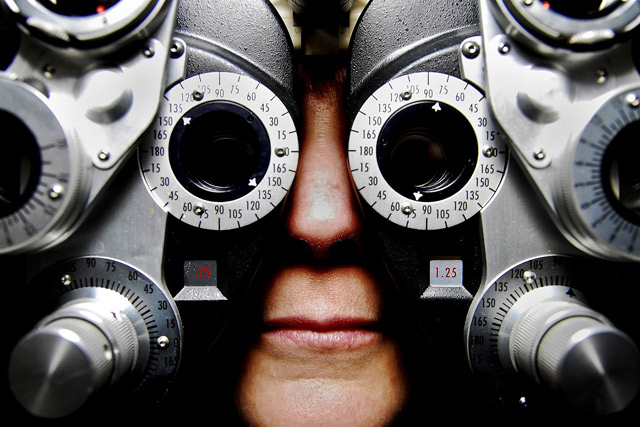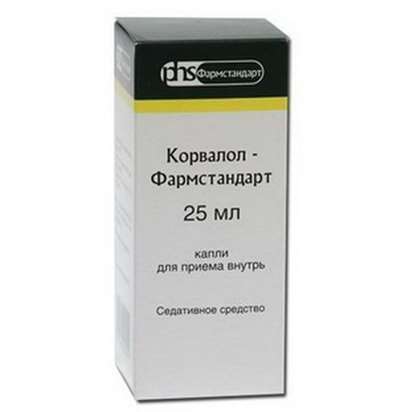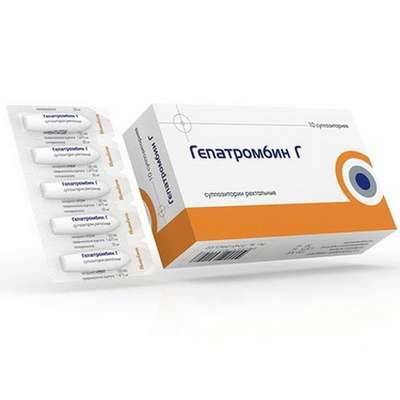Visual memory
28 Oct 2016
Psychologist Dr. Doping speaks about experiments with memory, visual images and false memories
The term "visual memory" is usually understood by all that we can remember a visual image, details of which can not always be put into words. That is an image that is stored in our memory, when there is something that would impact on the senses, to our eyes, but nevertheless information about this is available in the figurative form. As you can bring as an example the following: when you look at any picture for a few seconds and then close your eyes, or this picture of you clean, but if after a while you are asked to remember that there have been shown, the you will see this information is in the form of an image - it is called a way of memory or mental image.

For improving visual memory process, I highly recommend buy nootropics: New Peptides Pinealon and Cytamine Cerebramin, Famous Phenotropil, Working Noopept,Vinpotropile.
How do the visual images appear?
First, no single system or a single shape memory, including visual memory does not exist, and psychologists have long been separated several forms or multiple memory storage. Typically, shared temporary storage, or working memory, including visual working memory, and other storage system - non-volatile memory system. These memory systems, as the name implies, have a different retention time trace those images, which to us were working, and they vary greatly by the amount of information that they can hold, and perhaps most importantly - they differ in features, they perform in our daily lives. Short-term memory, or working memory - it is usually not long lasting process, during which we receive some information or image. This memory has a short life span and are very limited, according to current estimates in the visual working memory we can hold information about the four sites. Usually when we are holding something in working memory, this retention is accompanied by the knowledge that we are currently aware of this thing.
The second system, long-term storage system - this memory can last for hours, days, weeks, and sometimes even years. For different information may be different times. This system has a much larger volume, and according to some views, this volume is generally unlimited, so theoretically we can store in the memories of everything, with nothing ever really experienced, we can not always correctly extract the information, and, Unlike working memory, we are not constantly aware of what is stored in non-volatile memory, and are aware of it only when the extract from it anything. Practically, this means that the necessary information is extracted from this huge store long-term memory and transferred to the working memory, that is, we're currently working with this information because we need it to solve some problems.
There were some very interesting data in recent years about how the long-term memory. Previously it was thought that we were pretty sure we remember things that have just seen, that is, if we were immediately asked to describe the things that we have just seen, we can do it with greater precision, and the more time passes since the memory, the more information will disappear and the more blurred memories and images, and sometimes they even replaced by false images. However, experiments have been conducted in recent years in which it was shown that these views were incorrect. It was found that long-term memory may have a higher capacity and precision than we thought. In some cases, the accuracy of the images that are stored in the long-term visual memory is not worse than the accuracy of the images in the short-term, working memory.
During one of these experiments, subjects were shown one after the other thousands of different objects and a few hours later they were asked to identify the necessary objects among the objects they have not seen before, and it turned out that people remember exactly which objects they previously saw, and even minor details. Also, the experiment was conducted with remembering colors, and it turned out that people remember the color is not worse, as if they were asked to do it in a very short time. Thus, the accuracy of the images in non-volatile memory is not lower than the short-term memory. However, it is worth mention that in these experiments has not been tested, what will happen to these images a few days or weeks.
What are the behavioral processes associated with visual memory?
There are many studies related to false memories. These studies began in the 1970s, and most often associated with the name Elizabeth Loftus. These studies are associated not only with the visual memory. Loftus and her colleagues investigated the scene memory, ie the memory for the event, which we are witnessing. One of the conclusions of these studies was as follows: long-term memory is very constructive, that is, meanings and memories are often constructed at the wrong time when they occurred, but according to the events that took place later and influenced our judgment.
One of the classic experiments that were carried out in this area, the following: the test showed the video, which was captured car accident, and then were asked to describe what they had just seen, and trying to influence their memories through a variety of leading questions. For example, in one case, they reported the speed with which they come into contact, or that they cut at what speed. And when subjects repeatedly questioned about the incident a few weeks, it became obvious that they have different speed and evaluated the effects of a collision. You can also recall the famous experiments involving the implantation of the so-called memories. For example, people were asked to imagine that they were lost in a supermarket, and they began to report that it has happened in my childhood with them, and to report those details that they were never informed after a while.
Thus, it can be said that, on the one hand, long-term memory - article volume and precise, and on the other hand, the events that occur between the storing point and the time of recall may distort it, to the extent that it can be constructed event which was not in reality.
How do transform the visual images?
The images can also be subjected to any distortion. You have to understand that our visual memory effect so that we maintain a general scheme or a general sense of those scenes we faced, our memory is susceptible to general information. And presumably this general information dominates the detailed information. For example, if we show a backpack, its color and style will be treated to detailed memory, but the fact of showing a backpack - to the general sense of memory.
Transformation of visual images can occur very quickly. At one time, it was carried out very interesting experiments that are often associated with experiments in the field of attention, and they are associated with the phenomenon of blindness to change. This phenomenon is widely known: there is some change, but change itself is visually hidden. If the object changes, but in this moment it is not paying attention, it will not change appreciably, despite the fact that the object can be quite large. Thus, attention is a necessary prerequisite for the detection of changes. Thus this phenomenon can be viewed from the point of view of memory.
One of the most exciting experiments on this subject was conducted in 1997 by Daniel Simons and Daniel Levin. Pedestrians approaching one of the experimenters, and asked to show him the way. At this time sneaking in between the door and at that moment the experimenter changed places with one of the "workers", and when the door is carried away, in front of passers-by turned out to be a different person. Half of passersby did not notice the substitution and went on to explain the way. At the same time, in some cases, the experimenter had some bright detail, and when he changed places with one of the "workers" of the part he was not, but the test still will not notice the change. At the same time the end of the experiment, when they were asked what they remember, they pointed to a bright part.
Thus, our memory stores the total memory of the scene, and some details, but this information is not always enough, and most of all, here is a distinction between long-term and short-term memory. This is called the great illusion of consciousness, and possibly one of the causes of this illusion are precisely the principles of long-term and short-term memory.

 Cart
Cart





